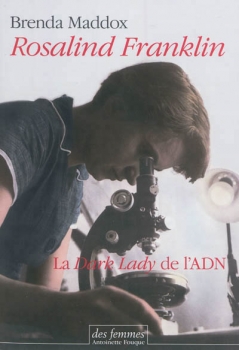


Most crucially, using X-ray techniques which may have contributed significantly to her later death from cancer at the tragically young age of 37, she had taken beautiful photographs of the patterns of DNA. She established its existence in two forms, she worked out the position of the phosphorous atoms in its backbone.

Not long after, the pair whose names will be forever linked announced to the world that they had discovered the secret of life.īut could Crick and Watson have done it without the ‘dark lady’? In two years at King’s, Franklin had made major contributions to the understanding of DNA. ‘Our dark lady is leaving us next week’ on 7 March 1953 Maurice Wilkins of King’s College, London, wrote to Francis Crick at the Cavendish laboratories in Cambridge to say that as soon as his obstructive female colleague was gone from King’s, he, Crick, and James Watson, a young American working with Crick, could go full speed ahead with solving the structure of the DNA molecule that lies in every gene. The untold story of the woman who helped to make one of humanity’s greatest discoveries – DNA – but who was never given credit for doing so.


 0 kommentar(er)
0 kommentar(er)
